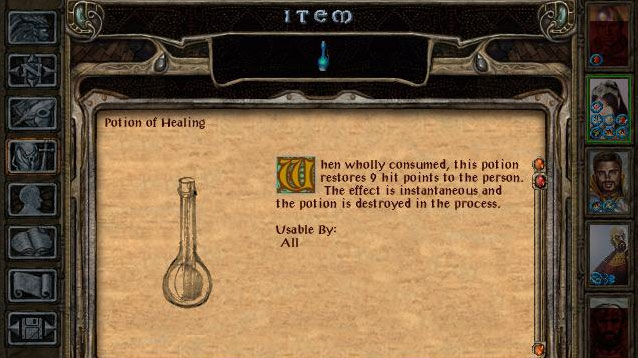There are bowlers who don't give much importance to the spares. But it is the one which distinguish the difference between the star and the average bowler. Spares are very important part of the game to keep up a good score. Next time you play, aim at every spare carefully
Making spares consistently is the principal distinction between the star and the average bowler. The star knows that if he continues to pick up his spares, he will wind up with a respectable game, and that the strikes will come eventually. In the meantime, he chalks up his spares so that when the strikes do arrive, he can come through with big counts. The average bowler, on the other hand, never bothers to figure that if he made only spares throughout a game, he could still shoot a game of 190. He is always too intent on the strike, which is the beginning and end of bowling as far as he is concerned. He never really stops to consider the importance of the spare shot, and consequently he never practices shooting at spares.
You would be surprised to know how many bowlers who have been at the game for years have never ordered a pin boy to set up a spare leave on which they might practice. I know from personal experience that spares can make or break you, especially when your strike ball is not clicking as it should. Many a time I have gone what seemed to be endless frames without a strike, just converting each spare as it popped up, and then suddenly found myself right up in the running as the strikes began to appear. The point I am making is that I kept myself in the running by making the spares and thus avoided those really bad low games that can cost the difference between winning a tournament and finishing twentieth.
So aim at every spare carefully. Play mentally each spare that you see on the lanes next to you. Play them intelligently. That means attacking them from the proper angle so that the ball strikes the pins at the best possible spot and at the best angle to topple them all.
FAST AND SLOW ALLEYS
Despite their smooth, glistening appearance, no two bowling lanes are alike. Some are fast, and some are slow. The fast alley is one that is highly polished. It's slick. As a consequence, the ball slides farther before "taking." The slow alley is just the opposite, having less smoothness. It causes a hook to "take" quickly and to hook a greater degree. The good bowler closely watches the action of his first few deliveries, so that he can control his future shots for strike hits and for properly hitting his spare leaves.
The accompanying picture shows how fast or slow lanes may make a difference in the finish of the ball, and the diagrams indicate the best methods of playing each kind to hit the 1-3 pocket. If the bowler's first shot (granted that he has delivered what he believes is his normal ball) results in the ball crossing over in front of the headpin, he has reason to believe that the alley is slow. The ball "grabs" on the sluggish lane, and the hook action is extreme. The ball on the left is an example of one thrown on a slow lane.
The arrow at the right indicates how the ball might act on a fast or slick lane. The alley is so slick that the ball slides, and hooks action is minimized if not lost entirely. On a slow lane, as indicated on the diagram at the right, the bowler releases his ball nearer the center of the alley, aiming out toward the right gutter, knowing that the ball will hook in. On the fast alley, as diagramed at the left, the bowler moves to his right on the approach, aiming his hook ball to hit the 3-pin squarely.
Play each spare intelligently they could help you to notch up a good score. And always try to understand what kind of alleys that you are going to roll your ball. These different kinds of lanes are can varies the movements of the ball. So know how and when to adjust your game according to the types of the lanes.






 Watch Dogs: Outfits List and Perks
Watch Dogs: Outfits List and Perks Metal Gear Solid V: The Phantom Pain - Blueprint Locations Guide
Metal Gear Solid V: The Phantom Pain - Blueprint Locations Guide 5 Ways Facebook's Lack of Privacy Can Cost You Money
5 Ways Facebook's Lack of Privacy Can Cost You Money GTA 5 (PC) Listen to your own MP3s as music on the radio
GTA 5 (PC) Listen to your own MP3s as music on the radio Undoing the Experience: 9 Bad Habits in RPGs
Undoing the Experience: 9 Bad Habits in RPGs